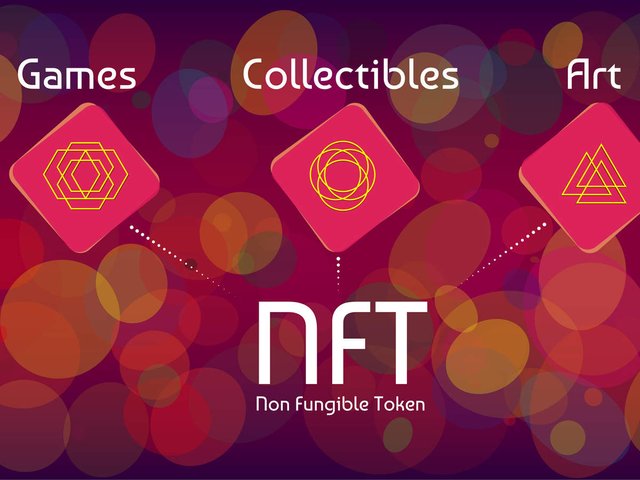
Introduction
In recent years, Non-Fungible Tokens (NFTs) have gained significant attention in the world of digital assets. NFTs represent unique ownership of digital items, such as artwork, NFT gaming collectibles, virtual real estate, etc. While NFTs have opened up new opportunities for creators and collectors, there are still barriers that prevent wider adoption and accessibility. In this article, we will explore five innovative ways to make NFTs more accessible, ensuring that this revolutionary technology benefits a larger audience.
- Simplified Onboarding Processes
One of the primary obstacles to NFT adoption is the complex onboarding process. Many platforms require users to navigate through multiple steps, including setting up digital wallets, understanding gas fees, and managing private keys. To make NFTs more accessible, platforms should focus on simplifying the onboarding process. This could involve user-friendly interfaces, step-by-step tutorials, and automated wallet setups. By streamlining the initial experience, more individuals will be encouraged to participate in the NFT ecosystem.
- Lower Transaction Costs
High transaction costs on blockchain networks have been a significant deterrent for many potential NFT enthusiasts. The fees associated with minting, buying, and selling NFTs can quickly add up, making it impractical for small-scale creators and buyers to engage with the market. To address this issue, platforms can explore innovative solutions such as layer-2 scaling solutions or alternative blockchain networks with lower transaction fees. By reducing the financial burden, NFTs can become more accessible to a wider range of individuals.
- Enhanced Community Engagement
Building a strong community around NFTs is crucial for their long-term success and accessibility. Platforms should focus on creating interactive and engaging spaces for NFT enthusiasts to connect, share, and collaborate. This can be achieved through features like forums, social media integration, and virtual events. By fostering a sense of community, newcomers can feel supported and encouraged to explore the world of NFTs, ultimately driving increased accessibility.
- Education and Awareness Campaigns
Education plays a vital role in making NFTs more accessible. Many people are still unfamiliar with the concept and potential of NFTs. Platforms and industry leaders should invest in educational resources, including blog posts, videos, and webinars, to help newcomers understand the benefits and possibilities of NFTs. Additionally, awareness campaigns can be launched to highlight success stories and showcase the positive impact of NFTs in various industries. By demystifying the technology and emphasizing its value, more individuals will be inclined to participate.
- Integration with Mainstream Platforms
To achieve widespread adoption, NFTs should be seamlessly integrated into mainstream platforms. By partnering with established digital marketplaces, social media platforms, and gaming networks, NFTs can reach a much larger audience. This integration can enable users to discover, trade, and showcase NFTs within platforms they already use and trust. The goal is to make NFTs a familiar and easily accessible part of everyday digital experiences, removing the need for users to navigate specialized platforms.
Conclusion
Making NFTs more accessible requires a multi-faceted approach. By simplifying onboarding processes, reducing transaction costs, enhancing community engagement, providing educational resources, and integrating with mainstream platforms, we can remove barriers and ensure wider adoption. The future of NFTs lies in their accessibility, empowering creators, collectors, and enthusiasts from all walks of life to participate in this transformative technology. Let us embrace these innovative ways and make NFTs a truly inclusive digital asset revolution.